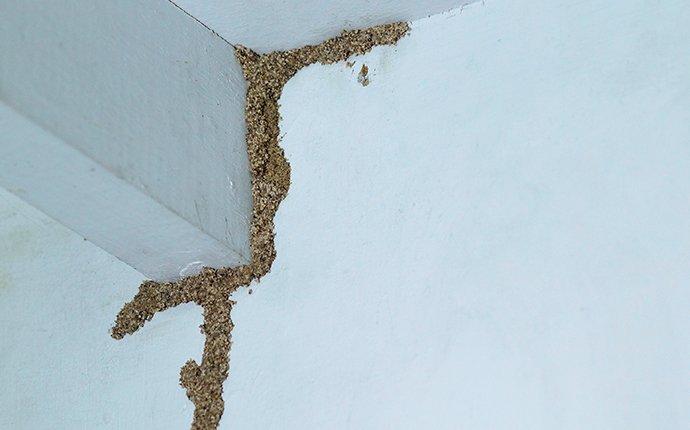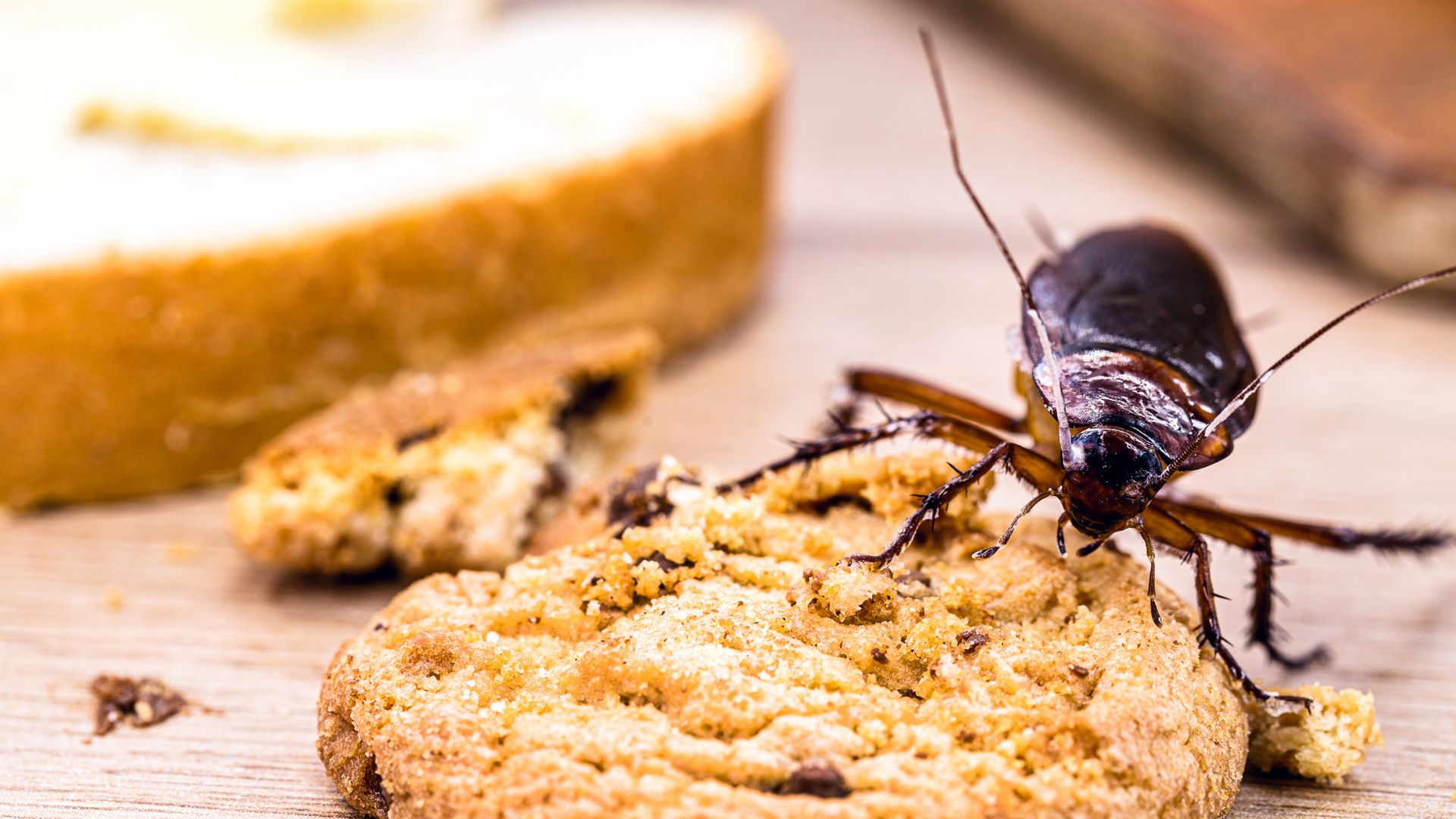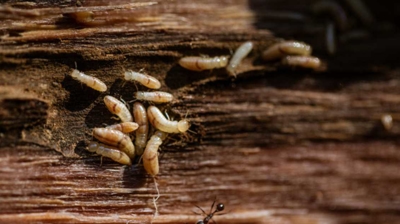Termite Signs In San Jose Homes

Termites are among the most destructive pests in the world, costing an average of five billion dollars in damage to U.S. homes every year. Unfortunately, termite damage often slips by unnoticed, as they do extensive damage over a period of months or years before the cracks begin to show in a home’s structural integrity. Keeping an eye on the signs of termites and conditions which help them thrive can save you thousands of out-of-pocket dollars and may even save your home.
How To Identify Termites
There are two common termite species in the United States which require different conditions to thrive. These termites look and behave differently, so it’s smart to be aware of how you may unwittingly be making your home a haven for them and what they look like if you fear an infestation.
The subterranean termite lives mostly underground. They create mud tubes to travel through to protect themselves from the heat and dry air. Subterranean termites are mostly a creamy white color but can range all the way to dark brown or black. They are typically ⅛ of an inch long and are narrow, oval shapes. This species of termite has a complex caste system with several different kinds of termites that perform different tasks.
Another common species of termite is the drywood termite. Drywood termites prefer untreated, dry wood such as structural timbers in attics. Without a caste system, work is done by immature termites creating hollow structures in the wood known as galleries. This species of termite ranges from creamy white to light brown in color and can grow to be an inch long. Both the subterranean alate and the dry wood termite have wings that they use to swarm.
5 Signs of Termites
Spotting termites can be hard because most of their work is done within the wood where they can’t be seen; however, as the colony grows, they become sloppy about the signs they leave behind. If you fear an infestation, signs such as these will be present:
- Feces that look like sawdust
- Shed wings near kick-out holes (holes that lead to the exterior of the home) and windows
- Mud tubes (as with subterranean termites) on the exterior of the home and hollow, soft wood under windows, patios, or near the foundation of the home
- Hollow, splintering wood with parallel-looking galleries in the dry timbers (as with drywood termites)
- Blistering, bubbling wood or paint that may make windows and doors hard to close or open
Unfortunately, these signs can be difficult to spot by an untrained professional, which is why prevention methods are so important.
5 Termite Prevention Tips
To keep from accidentally creating the perfect conditions for termites, there are a few methods to make your home unappealing to them. Following these methods would make an infestation far less likely, or may slow down the damage if these destructive pests were to mark your home as a target.
#1: Control the moisture level around your home and in the soil.
Whether due to a leaking pipe or a landscaping issue, water accumulation and overly-moist soil could create the perfect conditions for subterranean termites. Divert water with downspouts and gutters and properly ventilate the more moist areas inside your home such as in basements or crawlspace.
#2: Don’t bury wood scraps or waste lumber in the yard.
These moist, easy-access wood scraps will attract termites and sustain them while they navigate to you. They could also come with the territory, so to speak, if the scraps were already infested.
#3: Maintain a one-inch gap between the soil and wood portions of your home.
If your soil is resting right up on the wood exterior of your home, there is zero deterrent for the termites to begin their work. They can easily tunnel through from the outside to the inside in this way.
#4: Seal cracks and crevices around the home, including with window and door screens.
These pests can get in the easy and old-fashioned way, by squeezing through the cracks from the outside to the inside. Sealing these cracks with silicone-based caulk and maintaining any gaps around windows and doors can keep them from crawling in the easy way.
#5: Treat, stain or paint any dry wood.
Treating any dry wood in your attic and around the home can make the wood less appealing to drywood termites. It would also help to keep your attic at a proper moisture level with a humidifier.
Bay Pest Solution Is The Best Termite Prevention
The number one prevention method for termites is to enlist the help of a termite control professional. Regular visits from Bay Pest Solution can identify the early signs of an infestation and can help you guard your home, protecting it by treating the conditions that attract termites in the first place.
Don’t waste time and money by waiting until termites have eaten through your savings. Call Bay Pest Solution to protect your home now and in the future.

Pest Control with a Personal Touch
Why Our Service Makes the Difference
-
Results-Driven
Unlimited follow-ups for 30 days after each service ensures optimal results.
-
Customizable ServiceWe customize the service and frequency to meet your Pest Control needs.
-
40+ Years of ExperienceWith over 40 years of experience, we're your best bet for Pest Control in the Bay Area.
-
Licensed, Insured, Vetted ProsEntrust your pest control needs to licensed, insured professionals.

A member of our team will be in touch shortly to confirm your contact details or address questions you may have.

Hear From Our Happy Customers
At Bay Pest Solution Inc, your satisfaction is our priority! See for yourself what our customers have to say about working with us.
-
"Great job handling pest removal!"
I would recommend Bay Pest Solution to everyone! They have done a great job handling all our pest removal issues. I'm always ...
- Denise S. -
"Friendly, punctual, thorough service"
So glad to be customers of Bay Pest Solution Inc.! They are very friendly, punctual, and thorough. Despite many other pest ...
- Alivia D. -
"Fantastic service, very professional."
As a real estate professional in the Bay Area, Bay Pest Solution Inc. is my go-to for anything pest-related. Fantastic ...
- Calmin C. -
"Full Satisfaction"
Would definitely work with them again in the future.
- Ross W. -
"Extremely Happy"
Their price on it was good and no contract.
- Ronald B. -
"Professional & Honest"
Bay Pest was the first to listen and very quickly gave me options on termination.
- Cindy B. -
"Very Knowledgeable"
Good communication, timely, friendly, great follow-up.
- Carter C. -
"Service Was Great"
Easy communication, friendly and helpful and they got the job done in one go.
- Charity S.



.png)
.2512040251145.jpg)

